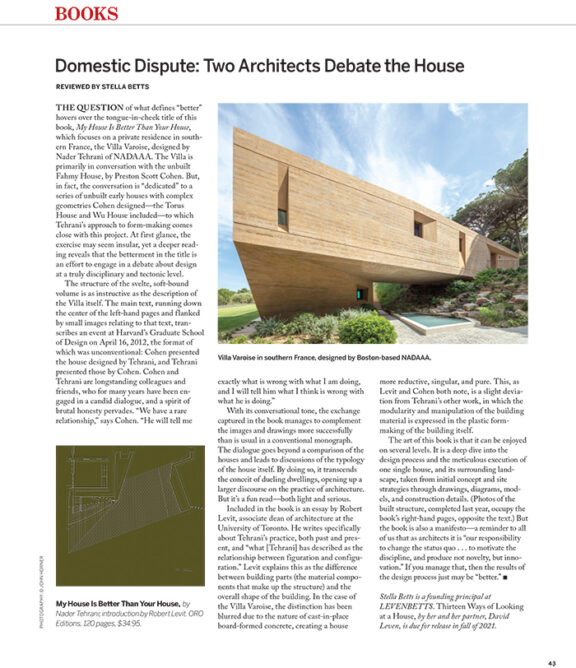

That said, the butterfly clasp on the Architect is well finished, fit, and reliably functional. Add the lack of micro-adjustments to the mix, and I’d just assume pass. While the function is ostensibly sleeker than a standard clasp, I find it to be nearly always clunky, asymmetrical, and cheap looking. To be fair, this is not a criticism of the Architect specifically – I actually just don’t like butterfly clasps. My only other criticism of the Architect has to do with the butterfly clasp.
#About stella architect review full
While the phenomenon did not detract from my own pleasure in the least – I actually did not even notice until I had been wearing the Architect for a full day – I suspect that some may find the transition a bit jarring. With my 7.25” and relatively flat-topped wrist, the transition was somewhat broken. Because the lugs are semi-integrated, with the appearance of a single plane, from the break of the lugs and into the flat of the bracelet, the Architect probably requires a relatively specific wrist size and shape, to enjoy the design in all of its glory. The first (of only two) criticisms I have of this watch had to do with the fall off from the lugs of the Architect, to the bracelet. As my own watch tastes trend smaller, I was pleasantly surprised with how much I enjoyed wearing a watch that (at least gave the illusion of) covering more wrist-real-estate. That is not to say the Architect is a large watch – because it is not – but it does feel larger than most of the microbrand sport watches I have experienced in the last two years. Owing, perhaps in part, to its relative thinness (10.6mm!), the Architect presents a sleek, and even… organic, presence.Īt only 39mm across, with a 47mm lug-to-lug, the Architect wears surprisingly large across my wrist. Fortunately (and perhaps amazingly), Batavi has done exactly the opposite, in creating a watch that is crisp and angular, but surprisingly elegant. With nary a curve in sight outside of the face of the watch, I think it would have been extremely easy to create a harsh, sharp, or otherwise clunky package. The case of the Architect is (indeed) architectural. I feel like I am constantly talking about the GADA watch, and while I’m not sure this is it, I can say that this watch wore just as well with a suit and tie, as it did with a t-shirt and jeans. The fully brushed case, and its square on square angles, somehow manages to be surprisingly elegant and dressy. With its Miyota 9039, 100m of water resistance, a screw-down crown, and double domed sapphire, the Architect is clearly a “sport watch.” With that said, the Architect is like nothing I have ever worn before. The steel markers, with their brushed flats and polished chamfers, are stunning, and, perhaps more than any other single element, make this watch feel dressy and refined. I love the polished Dauphine hands that, with their subtle lume plots, are strikingly elegant. Both the hands and the markers of the Architect are, in my mind, where this watch makes its money. While the dial of the Architect has been a pleasant surprise, what was less surprising to me are the nearly flawless dial details of the Architect. It is interesting without being overbearing, and the lovely copper tone plays with well with nearly every shirt/tie combo I have. While I was initially on the fence regarding the dial texture, in the few weeks I was able to wear this watch, it has really grown on me. The copper dial includes a lovely guilloche-style pattern that simulates the interior of an architectural dome (when viewed from below). I received the copper dome version for this review. The Architect is available in three distinct dial variations, including a subdued navy blue, and a raw walnut dial (which is way sexier than I would think if I were reading those words). The Architect is Batavi’s second release, and while, compared to the Kosmopoliet, the Architect is a relatively stoic watch, it is far from boring. In the year of the coronavirus, and with delayed (and often boring) releases, the Kosmopoliet was a refreshing deviation from the seeming deluge of slightly-different-cased, pepsi GMTs.

Batavi’s stated design principles include “vintage soul” and “Dutch minimalism.” True to that form, its first watch, the 2020 Kosmopoliet GMT, was a wonderful dive-styled GMT that came in a number of playful colors. Batavi is a relatively new micro-brand watch company out of the Netherlands.


 0 kommentar(er)
0 kommentar(er)
